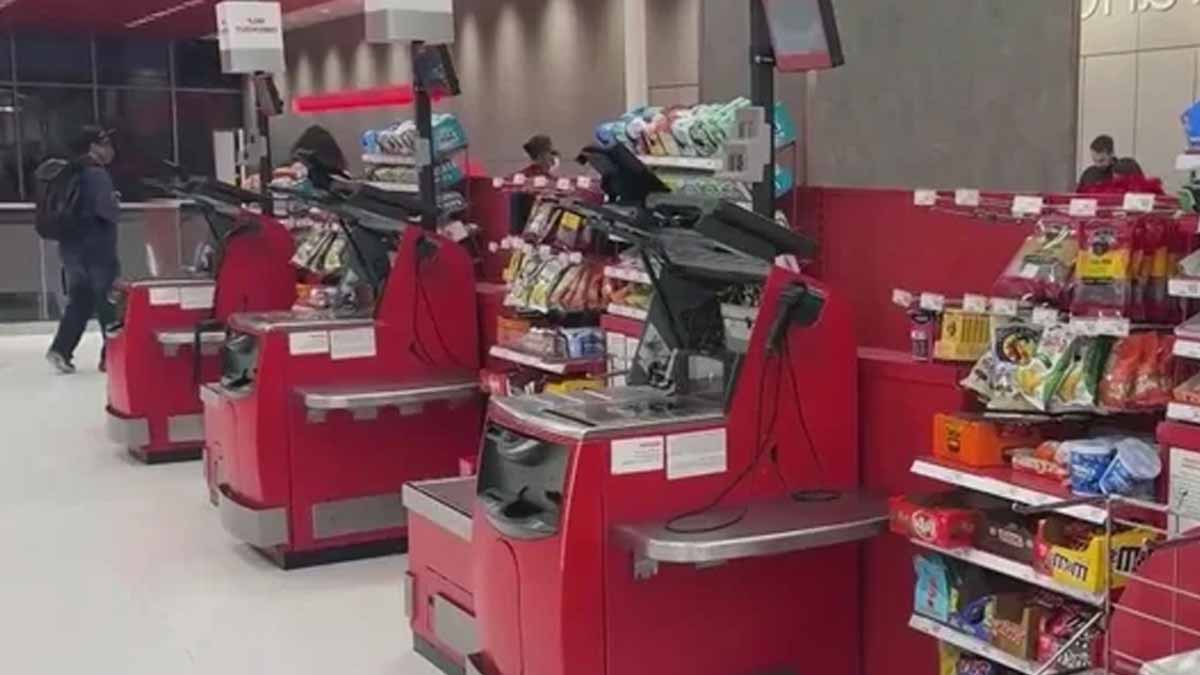Retail losses spiral when gaps in checkout control meet bold offenders. A major rival explores a different lever and turns to shoppers themselves, with money on the table. The promise sounds simple, yet the stakes are real because shoplifting touches prices, wages, and safety across the aisle.
Why stores struggle to curb shoplifting
Self-checkout complicates intent. A missed scan can be an honest mistake, while deliberate stealing hides behind the same gesture. Because judgment is hard in the moment, many chains hesitate. They aim to avoid false accusations, so they add cameras, prompts, and receipts, yet blind spots remain where shrink keeps growing.
Confrontations are risky. Floor teams can call out theft, but that choice invites conflict. To reduce danger, stores rely on security and patterns, not single events. Often a person is flagged only after multiple incidents. That slows deterrence, and during those delays, losses pile up while staff focus on de-escalation.
So chains keep testing alternatives. Some tweak lane design and basket checks. Others add exit receipt audits and more attendants near kiosks. Many invest in analytics, hoping to link baskets, scans, and exits. Each method trades speed for control. The question lingers: can any approach cut losses without hurting honest customers?
How Iceland’s customer-credit scheme would work
In the UK, Iceland proposes a public nudge: pay shoppers who quietly alert staff during a theft in progress. The incentive is small, a £1 credit added to the Iceland Bonus Card. It rewards awareness, not pursuit. Staff handle the situation; customers simply pass the word, then carry on shopping.
The chain sets the context plainly. It estimates annual losses near £20 million. Leaders say those losses squeeze margins, limit investment in colleague pay, and delay price cuts. The store frames shoplifting as a community cost. If more eyes help at the right moments, managers believe they can protect value on the shelf.
Richard Walker, Iceland’s executive chairman, argues the harm is not abstract. He points to intimidation, occasional violence, and pressure on hours. He asks customers to support staff through quick alerts, not interventions. The pitch pairs a token reward with a moral appeal: help keep stores safe so prices can move lower.
Price effects, safety risks, and what data shows
Costs do reach shoppers. A Cornell analysis by Carl Hase and Johannes Kasinger matched crime data with transactions at Washington State cannabis retailers. After robberies and burglaries, prices rose about 1.5% to 1.8% at targeted stores and nearby rivals. The pattern looked like an own-cost shock rather than demand shifts.
Effects varied by structure. Independent stores and less concentrated markets showed larger increases. The authors estimated a hidden 1% unit tax from crime, translating to $33.9 million in added social costs, mostly paid by consumers. The mechanism is familiar: losses push margins down, so prices creep up to stabilize operations.
That backdrop clarifies the tradeoffs. Interventions must reduce incidents without sparking confrontations. When shoplifting intersects with organized crews, pressure on staff escalates. Managers want friction at the right point, like a discreet signal or receipt check, instead of aisle confrontations. Any measure that raises risk for workers is a nonstarter.
Figures since 2019: scale, violence, and organized crews
Trends look sharp. Compared with 2019, 2023 incidents rose 93%, while losses climbed 90%. Retailers averaged 177 incidents a day in 2023, with some sectors exceeding 1,000 daily. Those numbers strain teams and budgets. They also reshape staffing models, store hours, and the design of entrances and exits.
Aggression increased as well. Seventy-three percent of retailers saw more violent or hostile behavior than the prior year. Since 2019, that figure reached 91%. Multi-person jobs worry managers : sixty-two percent cite growth in two-to-three-person theft, while seventy-six percent report bigger organized retail crime problems than a year earlier.
Tracking of organized cases shows escalation. Among retailers specifically monitoring ORC, incidents rose 57% from 2022 to 2023. A 2025 update notes 42% of respondents saw more events with threats or actual violence. Mid-2024 rates topped mid-2023, suggesting full-year 2024 likely surpassed 2023. That momentum keeps shoplifting high on executive agendas.
Limits of rewards: what research says about shoplifting
Paying bystanders may not change much. A U.S. Department of Justice experiment varied anonymity and rewards in a simulated pre-shopping interview with 120 participants. The result: money and anonymity did not significantly increase reporting behavior. Intent to report aligned more with personal motivation than with small cash incentives.
Researchers concluded reporting is already strongly intrinsic for many people. Because of that, a token reward adds little. Programs promising anonymity and cash sound appealing, yet they often fail to shift real behaviors. If alerts don’t rise, stores gain no extra deterrence, and the incentive becomes an added cost without payoff.
So the practical lesson is caution. A £1 credit may raise awareness, but stores should measure outcomes with rigor. Safer gains may come from better staff presence at kiosks, clearer prompts at self-checkout, or receipt gates at exits. Quiet, predictable steps reduce friction, while rushed confrontations only raise risk.
What changes now depends on proof, safety, and costs
This test sits between hope and hard numbers. A community cue could help, yet real progress requires evidence that incidents fall, confrontations drop, and prices stabilize. If a low-friction nudge trims shoplifting, shoppers benefit. If not, managers will shift to tools that protect staff, protect margins, and preserve trust.

Well written, objective, informative articles! Would like to see more of these.